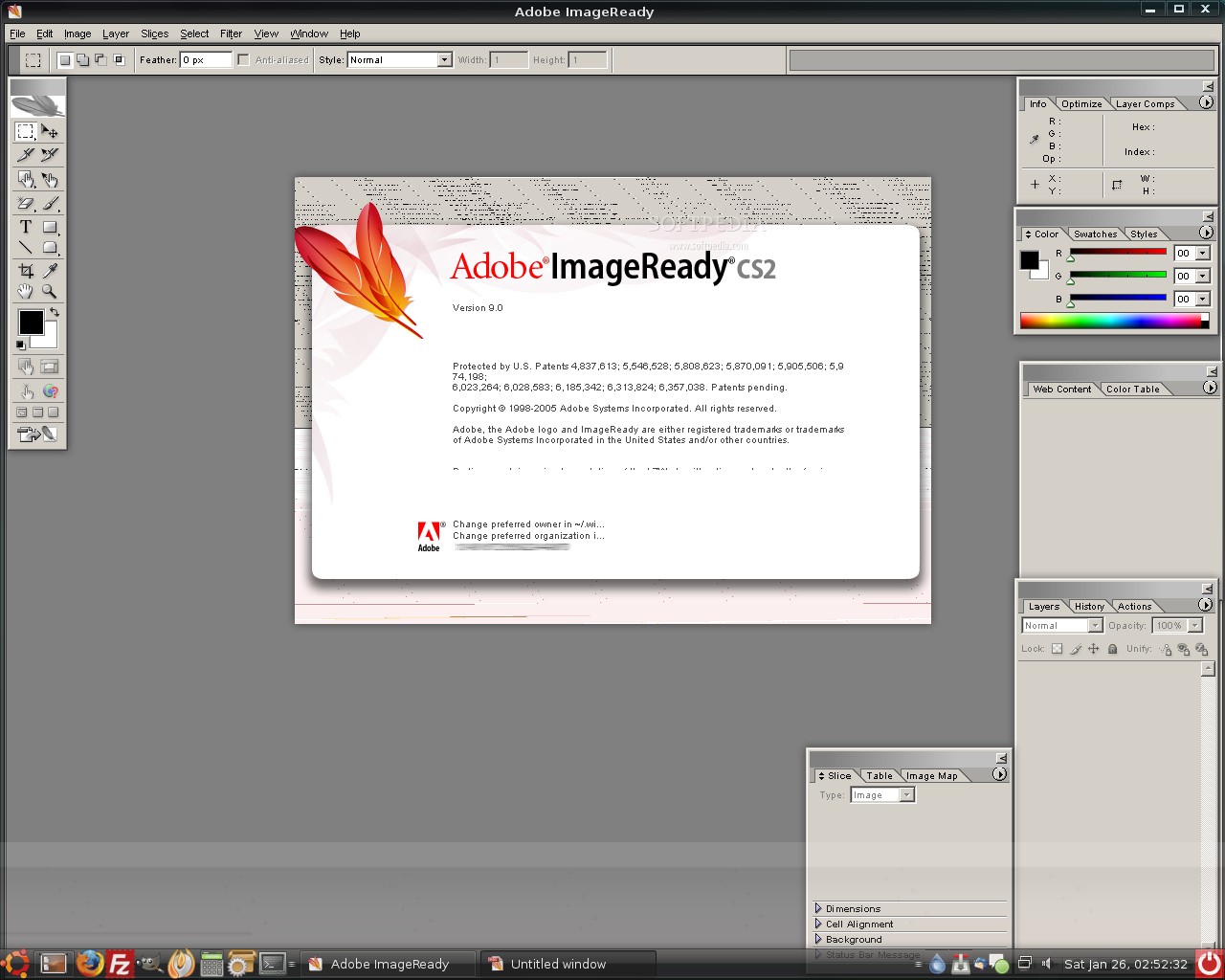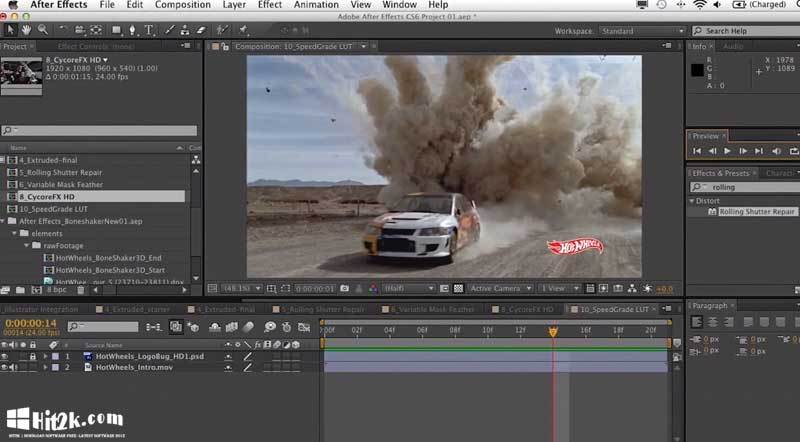
In this course, you'll work with the advanced tools and features available Now, you may want to enhance the imagesīy creating appropriate masks, applying special effects and retouching them. You have familiarized yourself with the basic image editing Most impressive is the Distort | Lens Correction filter that lets you interactively or precisely adjust for pincushion or barrel distortions and for the angle of your shot, and then throws in control over chromatic aberration and vignetting for good measure.Adobe® Photoshop® CS2: Level 2 for Macintosh (Second Edition) Course SpecificationsCourse number: 084566Ĭertification: Adobe Certified Expert (ACE) Program® There’s also a Smart Sharpen command that is able to correct types of blur – gaussian, lens and motion – and independently sharpen shadows and highlights. Hidden away among the 100-plus options under the Filter menu is a new Reduce Noise filter that can target unwanted grain in individual colour channels as well as correcting JPEG compression artefacts. Photoshop CS2 also addresses the most obvious of its limitations when dealing with digital photos. Best of all, you can load multiple files simultaneously and, while they’re being processed, multithreading means you’re able to carry on working within Photoshop, Bridge or even Camera Raw itself. And you’re now able to save export settings or simply copy and paste settings from one Raw file to another. Here, the new automatic image analysis, curve adjustments, and shadow and highlight clipping previews help you get the best possible results from your digital negatives.


The most welcome Bridge-based feature for Photoshop CS2 users is the ability to load unprocessed camera images into the Camera Raw module. Particularly impressive is the ability to select multiple images taken with bracketed exposures to produce a single HDR (high dynamic range) image with 32 bits per channel, although the editing options then available are limited.

In the process, Adobe grafts on numerous Photoshop-based automation features, such as the ability to apply image mode and type conversions. Visual file management has been devolved to the Adobe Bridge application, which offers a number of core image-handling advantages (see Adobe Bridge, opposite). In practice, this is a major step forward.


 0 kommentar(er)
0 kommentar(er)
